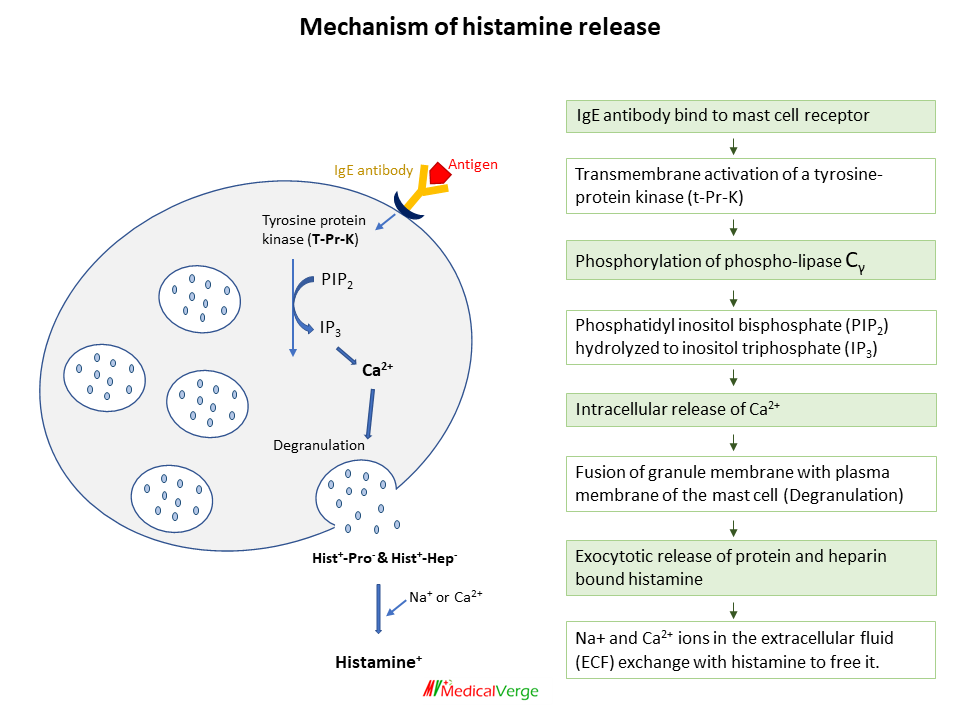Ebastine: dose, uses, side effects and properties
Ebastine is a newer second-generation H1 blocker that gets converted quickly to the active metabolite carebastine, with a t½ of 10–14 hours. It is non-sedating and effective for nasal and skin allergies. It has been shown in animal studies to prolong Q-Tc interval, making it liable to arrhythmogenic potential and CYP3A4 interaction, however there are […]
Ebastine: dose, uses, side effects and properties Read More »
